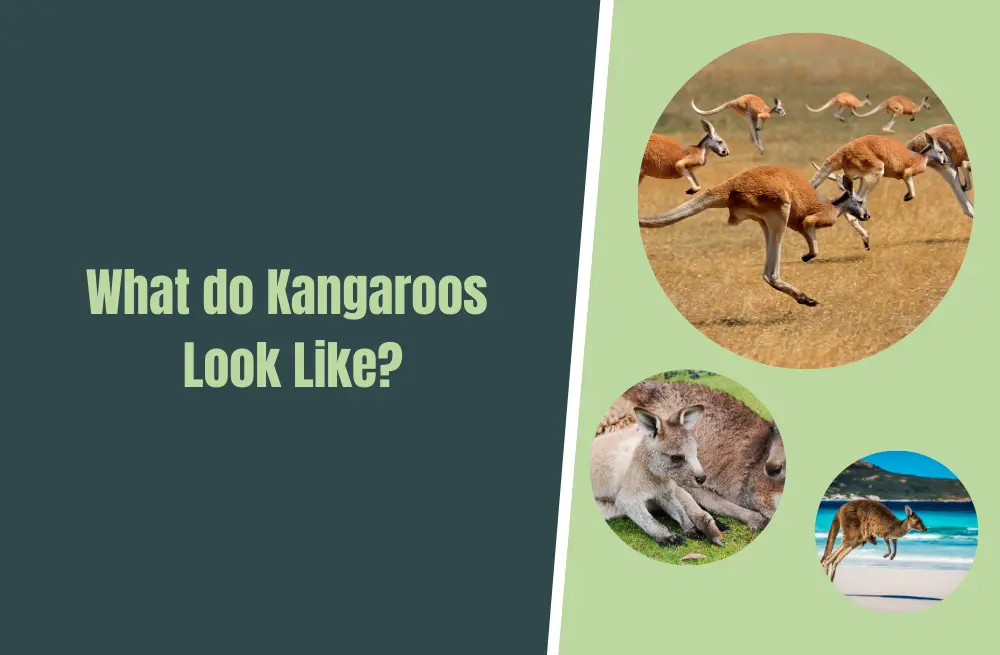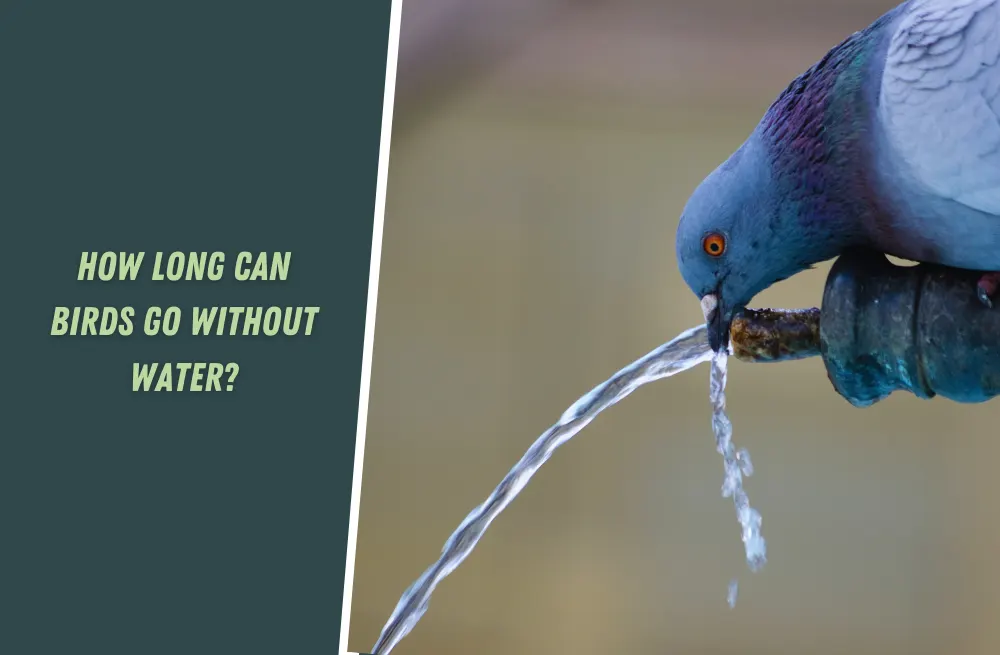When it comes to the world of kangaroos, their unique reproductive process and the appearance of their young are truly remarkable. In this article, we will dive into the fascinating topic of what kangaroos look like when they are born.
From their tiny size to their underdeveloped features, we will explore the distinct characteristics of newborn kangaroos, known as joeys. Join us on this journey as we uncover the captivating details of their early stages of life and discover the incredible adaptations that allow them to thrive in the wild.
What do Kangaroos Look like When They are Born?
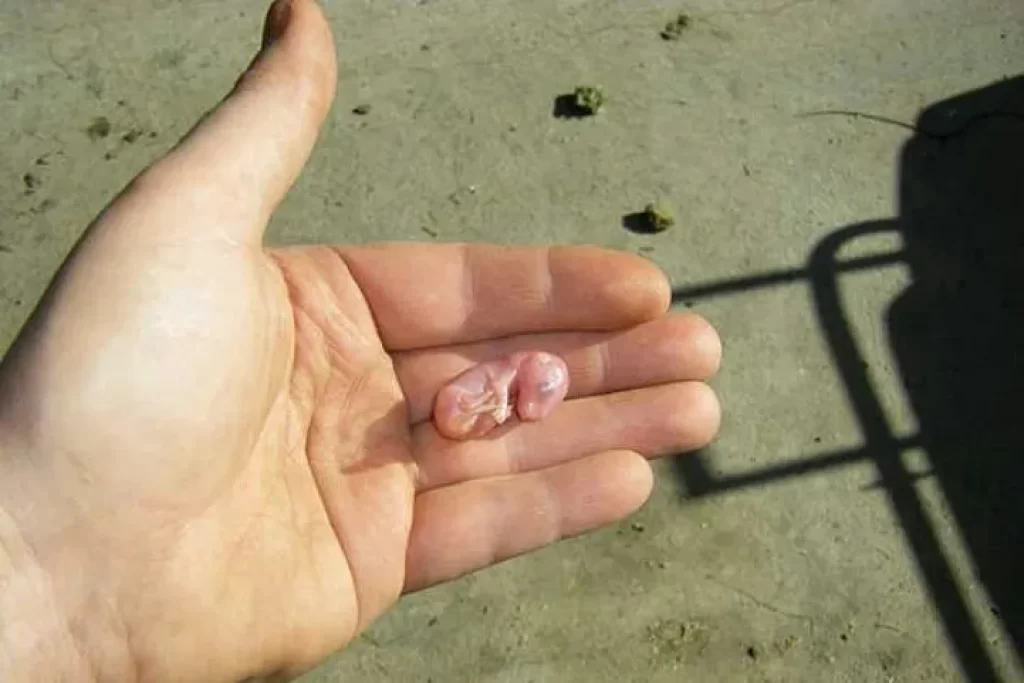
Newborn kangaroos, called joeys, are small, undeveloped creatures. They are blind, hairless, and have tiny limbs. After birth, they crawl into their mother’s pouch, where they continue to grow. Over time, their eyes open, fur develops, and limbs strengthen. Eventually, they venture out of the pouch to explore. Although different from adults, these vulnerable joeys gradually transform into resilient kangaroos, embodying the unique traits of their species.
The kangaroo’s birth
Here you can see the fascinating process of a newborn kangaroo’s birth through this informative video from BBC. Witness the remarkable event as a kangaroo gives birth and gain a deeper understanding of what kangaroos look like when they are born.
This video provides a unique opportunity to observe the precious moments when a joey enters the world, showcasing their appearance and early interactions with their mother.
The Appearance of Newborn Kangaroos
When kangaroos are born, they are remarkably small and underdeveloped, requiring further growth and nurturing to survive. Let’s delve into the specific details of their appearance:
Embryonic Diapause
Kangaroo reproduction begins with an intriguing phenomenon called embryonic diapause. During this unique reproductive adaptation, kangaroo embryos enter a state of suspended development.
The female kangaroo has the remarkable ability to pause the growth of the embryo until external conditions become favorable for its survival. This adaptation ensures that the joey’s development aligns with the availability of resources and optimal environmental conditions.
Birth and Early Stages
Once the embryo resumes its development, it eventually reaches the stage of birth. Baby kangaroos, known as joeys, are born in an extremely underdeveloped state. At birth, they are tiny, blind, and hairless, resembling a miniature version of their adult counterparts.
The joeys make their way from the birth canal to the mother’s pouch, where they will continue their growth and development.
Size and Weight
The size and weight of newborn kangaroos can vary depending on the species. On average, joeys weigh between 0.03 to 0.04 ounces (1 to 1.5 grams) at birth. Despite their small size, they possess strong forelimbs, which they use to crawl from the birth canal to the pouch, where they will find nourishment and protection.
Hair and Skin
The hair and skin characteristics of baby kangaroos undergo noticeable changes as they grow. Initially, joeys are born without fur, and their skin appears pinkish and translucent. As they continue to develop in the pouch, their skin becomes thicker and gains pigmentation.
After a few months, they start to develop a fine layer of fur, which gradually thickens and matches the coloration of their respective species.
Stay tuned for the next section as we delve deeper into the captivating journey of baby kangaroos and explore their fascinating growth and milestones.
Discover the estimated population of kangaroos in Australia and gain insights into their numbers, habitat, and conservation efforts in our article “How Many Kangaroos are there in Australia??”
Physical Features
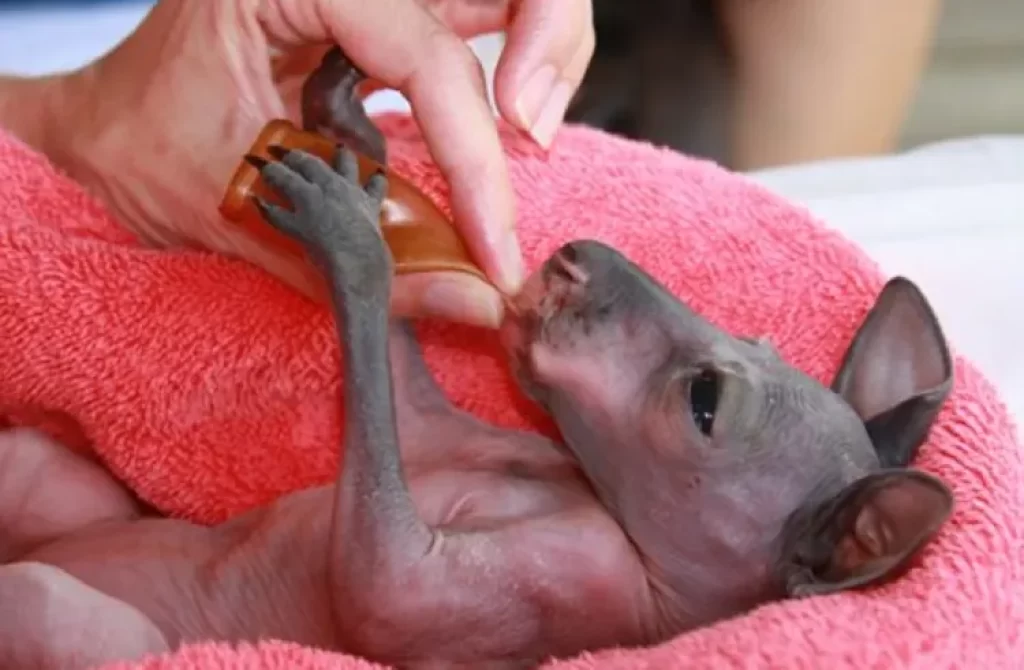
Eyes and Ears
Newborn kangaroos have small, closed eyes and underdeveloped ear structures. Their eyes gradually open within a few weeks after birth, allowing them to start perceiving the world around them. Similarly, their ears, initially folded and sealed, begin to unfold and develop as they grow.
Limbs and Mobility
The limbs of baby kangaroos, especially their hind legs, are not fully developed at birth. They have short and weak forelimbs, which they use to crawl into their mother’s pouch.
Their hind legs, although not yet strong enough for hopping, begin to gain strength and flexibility as they mature inside the pouch. During this time, joeys rely on their mother’s pouch for protection and mobility.
Facial Features
The facial features of baby kangaroos resemble those of adult kangaroos but in a more delicate and less pronounced form. They have a small snout, which gradually elongates and develops as they grow. Although their facial expressions are limited, they can display curiosity and alertness as they explore their immediate surroundings.
Tail
The tail plays a crucial role in the lives of newborn kangaroos. It serves as a support and balance mechanism, enabling them to maintain stability while inside the pouch. Additionally, baby kangaroos use their tails to grip onto their mother’s fur, ensuring they stay securely attached during their early stages of development.
As we continue our exploration of baby kangaroos, the next section will delve into their diet and feeding habits, shedding light on how they receive nourishment and grow within the protective confines of their mother’s pouch.
Growth and Maturation
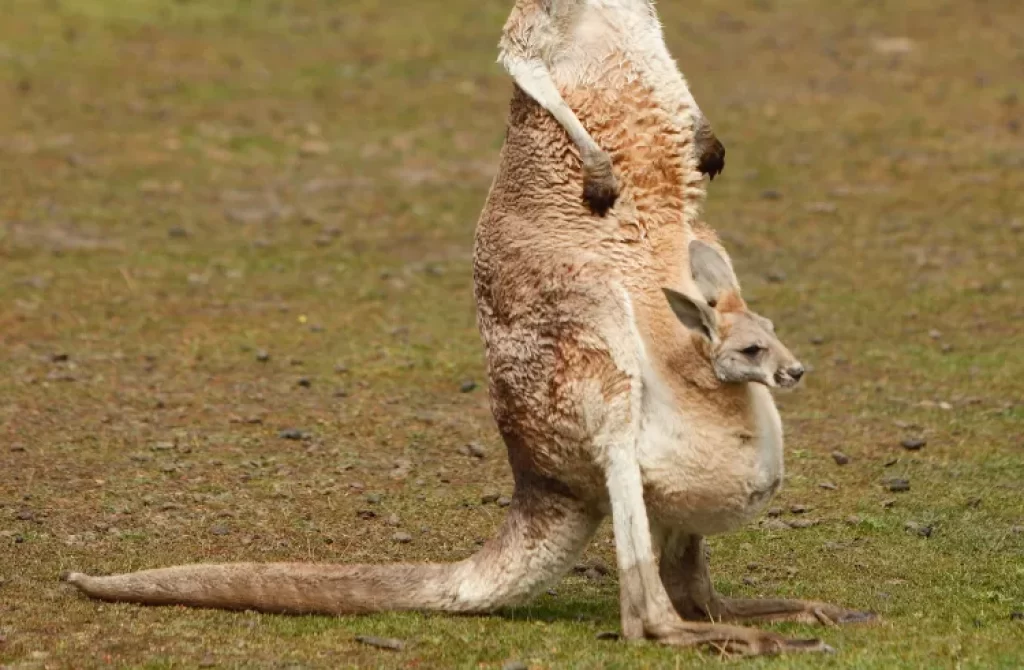
Pouch Life
Baby kangaroos, known as joeys, spend a considerable amount of time nestled within their mother’s pouch.
This warm and secure environment provides them with protection, nourishment, and the necessary conditions for their development. Inside the pouch, joeys attach themselves to one of their mother’s teats, where they receive milk and grow rapidly.
Developmental Milestones
As joeys continue to grow, they reach significant developmental milestones. Initially, they rely on their mother’s milk for nourishment, gradually gaining weight and size.
Over time, their limbs become stronger, allowing them to explore the world outside the pouch. They develop coordination and balance, which are essential skills for their eventual independence.
Weaning
Weaning is a crucial phase in a joey’s life when they transition from milk to solid food. This process usually begins around 6 to 8 months of age.
During this period, the joey starts to sample and consume vegetation alongside its mother’s milk. It is a gradual process that helps them adapt to a herbivorous diet and become more self-sufficient.
As the joey becomes more independent and its physical capabilities continue to mature, it will gradually spend more time outside the pouch, exploring its surroundings and developing essential skills for survival.
In the next section, we will delve into the social aspects of kangaroo life and how joeys interact with their family group and other kangaroos.
Conclusion
Understanding what kangaroos look like when they are born provides us with a glimpse into their remarkable reproductive journey. From their unique pouch life to their physical features and growth, baby kangaroos undergo a fascinating development process.
By exploring these aspects, we can develop a deeper appreciation for these incredible marsupials and their incredible adaptations.

